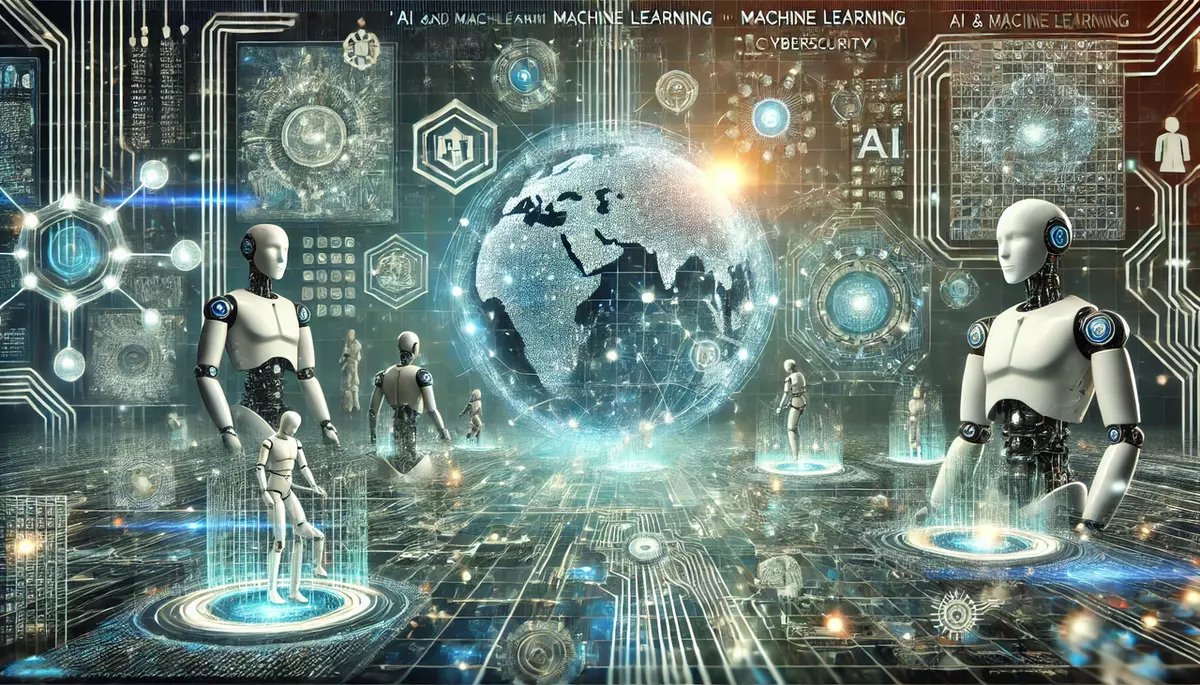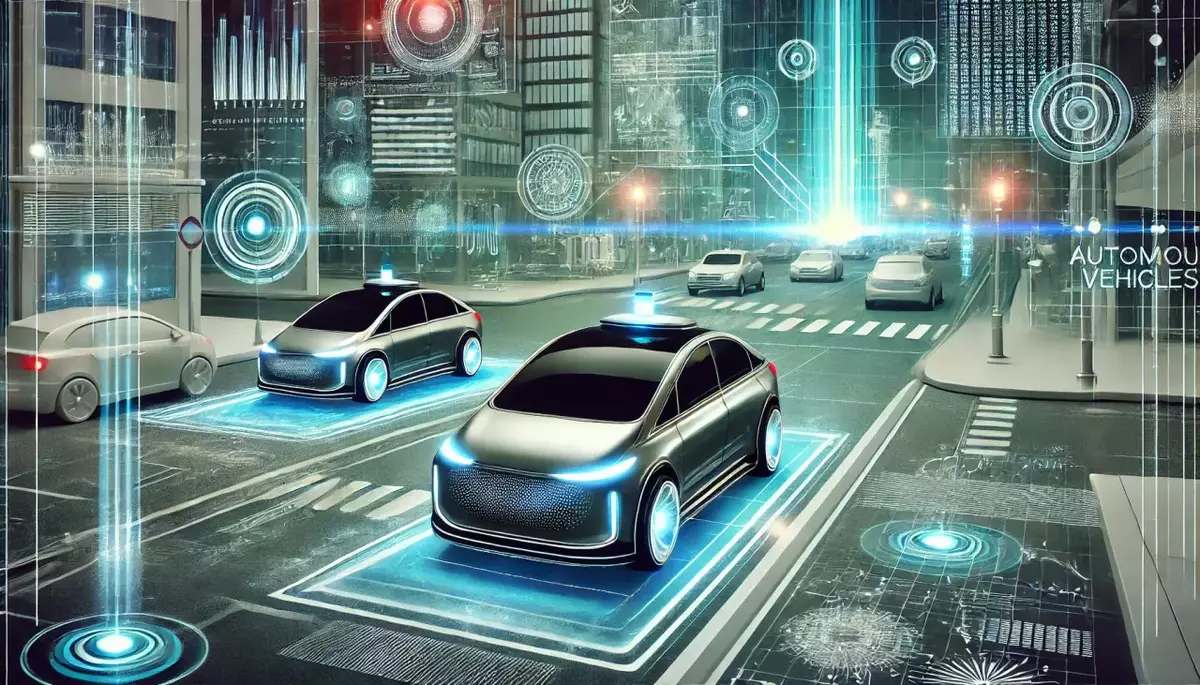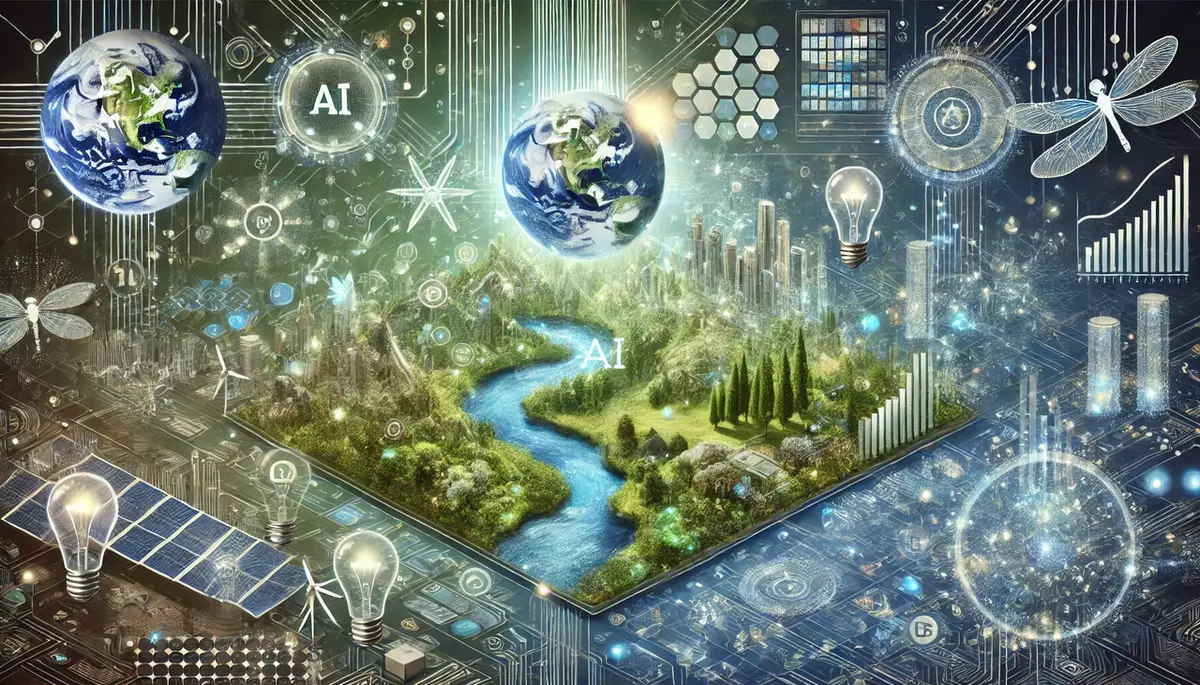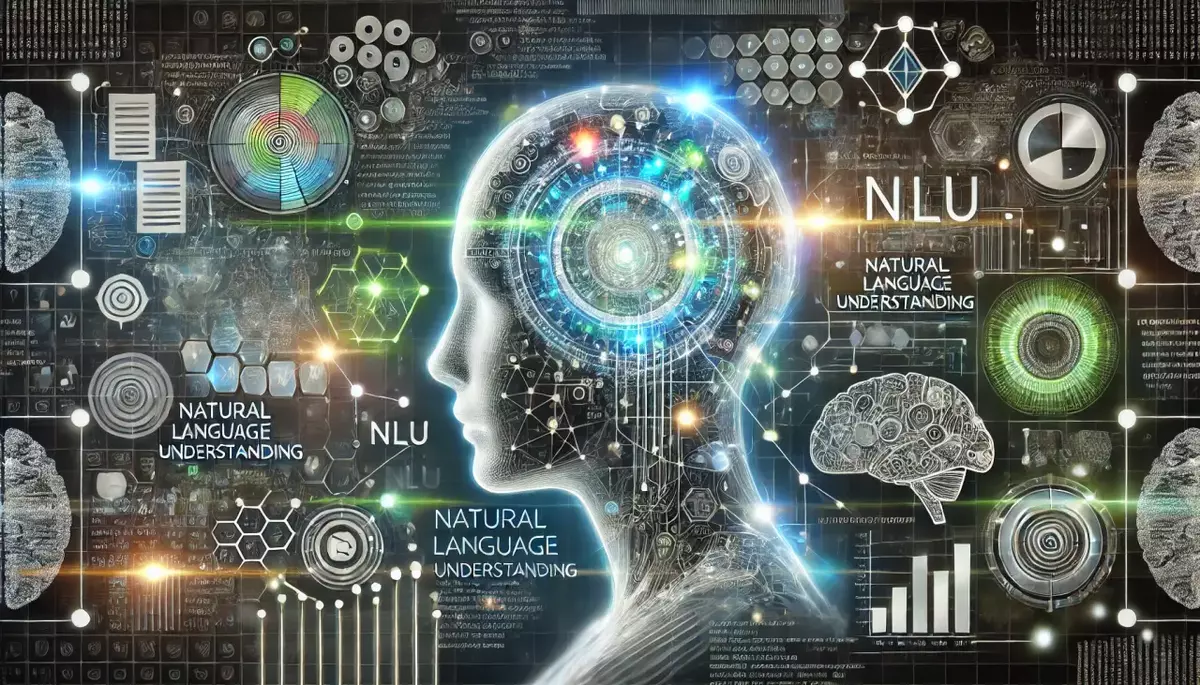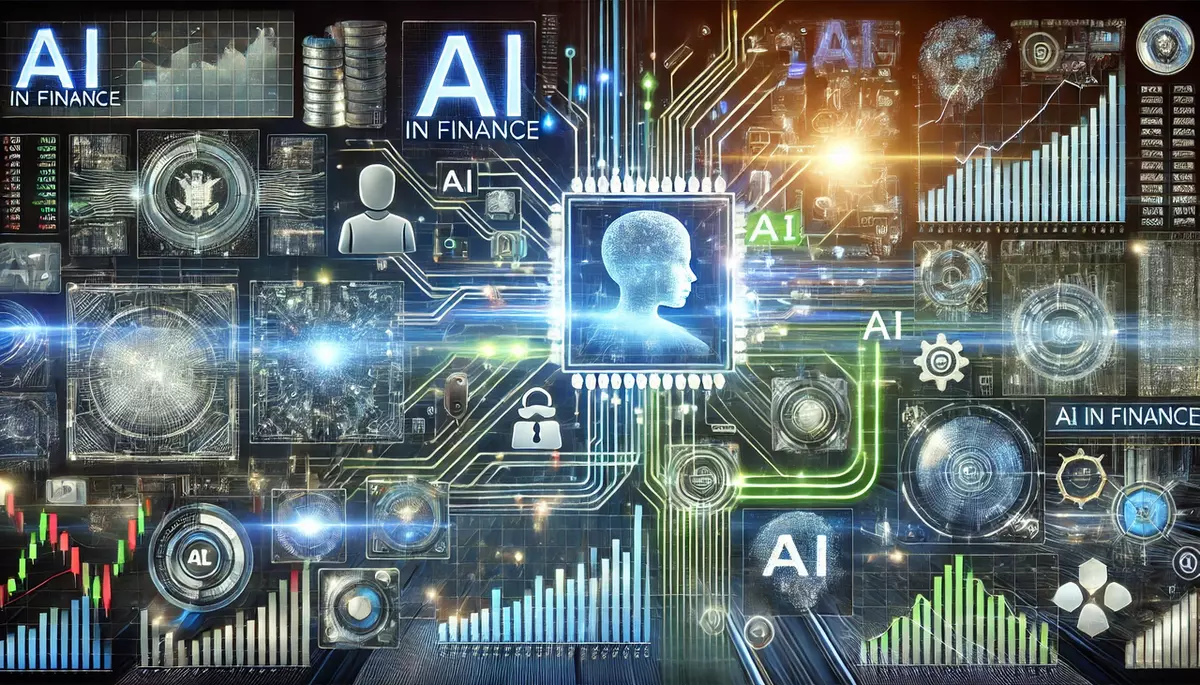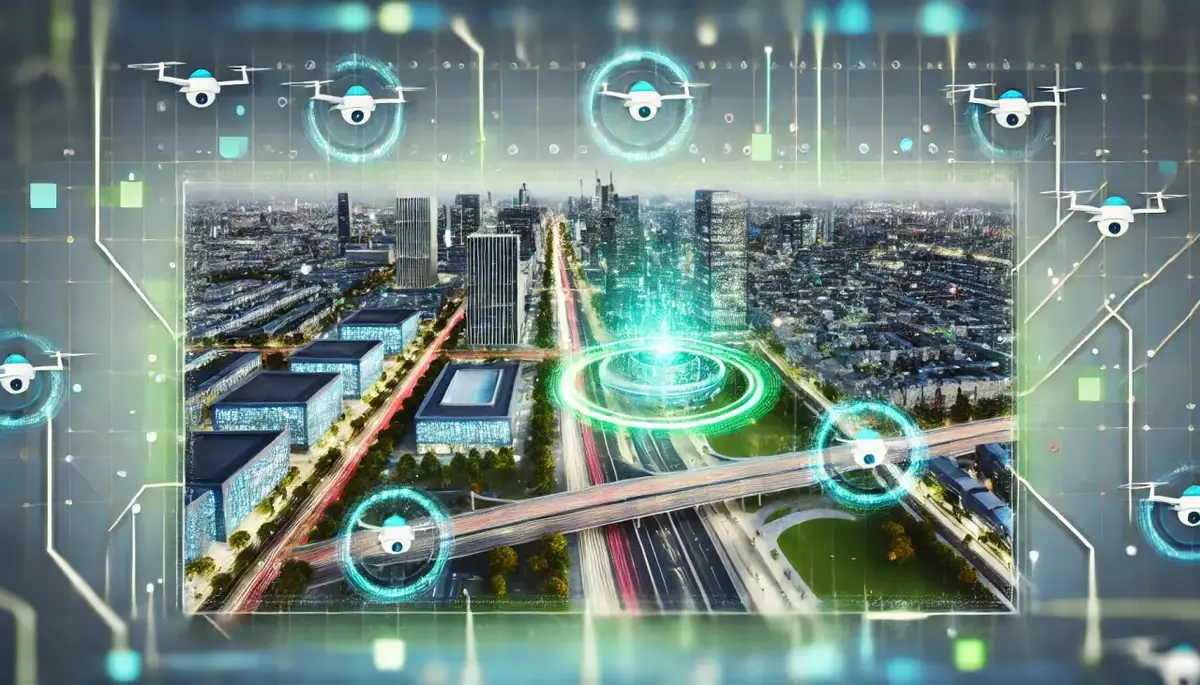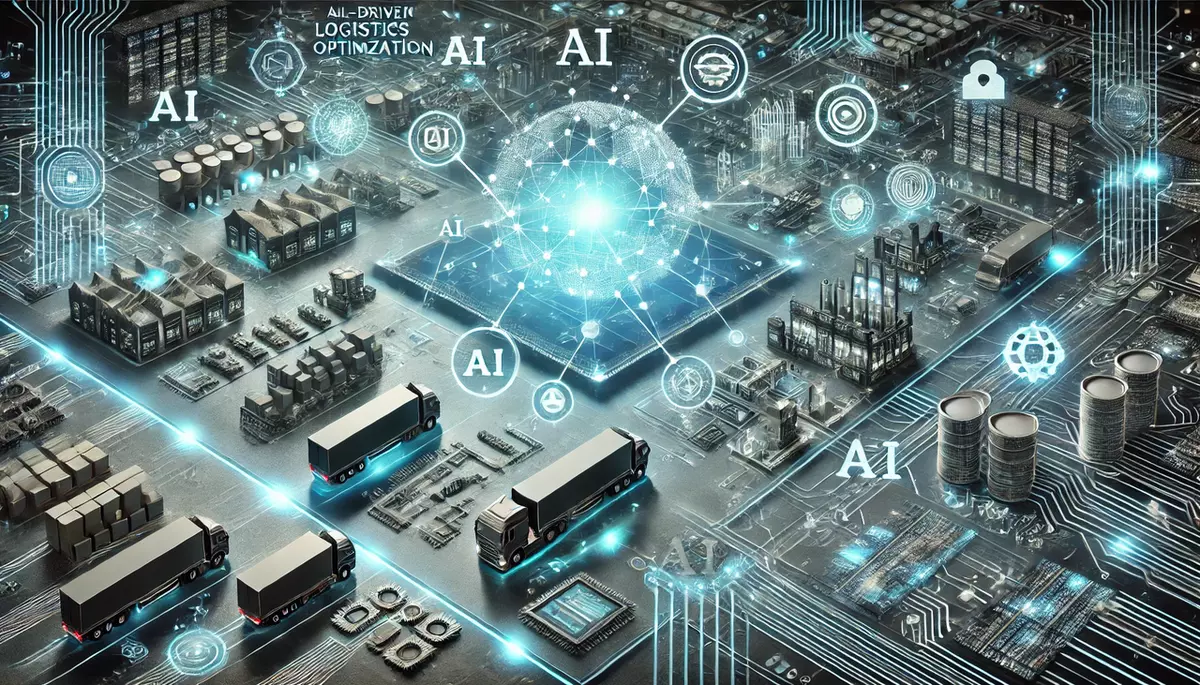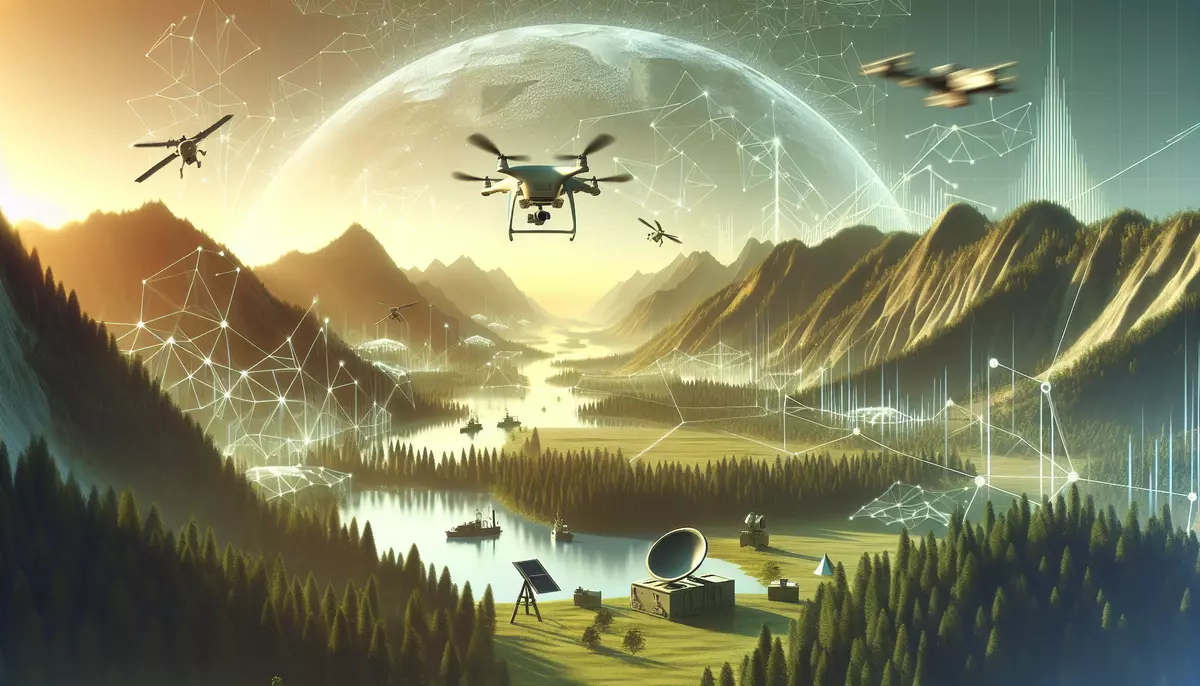Introduction
Artificial Intelligence (AI) has emerged as a powerful tool in the fight against climate change, offering innovative solutions to mitigate its devastating effects. This knowledge article explores the various ways in which AI is being leveraged to address the challenges posed by climate change, from improving energy efficiency to enhancing climate modeling and prediction.
AI for Energy Efficiency
One of the primary applications of AI in climate change mitigation is in the realm of energy efficiency. AI-powered systems can optimize energy consumption in buildings, transportation, and industrial processes, leading to significant reductions in greenhouse gas emissions.
Building Energy Management
AI algorithms can analyze data from sensors and building management systems to optimize heating, cooling, and lighting, resulting in substantial energy savings. These systems can also predict energy demand and adjust operations accordingly, further enhancing efficiency.
Smart Grid and Energy Distribution
AI is being used to improve the efficiency of power grids by optimizing energy distribution, load balancing, and the integration of renewable energy sources. This helps reduce energy waste and increase the reliability of the power supply.
Transportation Optimization
AI-powered systems can optimize transportation routes, traffic management, and vehicle efficiency, leading to reduced fuel consumption and emissions in the transportation sector.
AI for Climate Modeling and Prediction
AI is also transforming the way we understand and predict climate change, enabling more accurate and detailed models that can inform policymaking and adaptation strategies.
Climate Modeling
AI algorithms can process vast amounts of climate data, including satellite imagery, weather patterns, and environmental sensors, to create more accurate and comprehensive climate models. These models can help scientists better understand the complex interactions between various climate factors and improve our ability to predict future climate scenarios.
Early Warning Systems
AI-powered early warning systems can analyze real-time data to detect and predict extreme weather events, such as hurricanes, floods, and droughts. This information can be used to inform emergency response planning and help communities prepare for and mitigate the impacts of these events.
AI for Carbon Capture and Sequestration
AI is also being applied to the development of carbon capture and sequestration technologies, which aim to remove and store greenhouse gases from the atmosphere.
Optimizing Carbon Capture Processes
AI algorithms can analyze the complex chemical and physical processes involved in carbon capture, helping to optimize the efficiency and cost-effectiveness of these technologies.
Monitoring and Verification
AI-powered systems can monitor and verify the long-term storage and sequestration of captured carbon, ensuring the integrity of these efforts and providing valuable data for policymakers and researchers.
Challenges and Limitations
While the potential of AI in climate change mitigation is significant, there are also challenges and limitations that must be addressed:
- Data Availability and Quality: The effectiveness of AI-based solutions depends on the availability and quality of the data used to train the algorithms.
- Ethical Considerations: The use of AI in climate change mitigation must be accompanied by careful consideration of ethical implications, such as data privacy and algorithmic bias.
- Scalability and Deployment: Scaling up AI-based solutions and deploying them at a global scale can be a significant challenge, requiring significant investment and coordination.
Conclusion
Artificial Intelligence has emerged as a powerful tool in the fight against climate change, offering innovative solutions across a range of applications, from energy efficiency to climate modeling and carbon capture. As the field of AI continues to evolve, it is expected to play an increasingly crucial role in our efforts to mitigate the devastating effects of climate change and build a more sustainable future.
This knowledge base article is provided by Fabled Sky Research, a company dedicated to exploring and disseminating information on cutting-edge technologies. For more information, please visit our website at https://fabledsky.com/.
References
- Rolnick, D., Donti, P. L., Kaack, L. H., Kochanski, K., Lacoste, A., Sankaran, K., … & Waldman-Brown, A. (2019). Tackling climate change with machine learning. arXiv preprint arXiv:1906.05433.
- Reichstein, M., Camps-Valls, G., Stevens, B., Jung, M., Denzler, J., Carvalhais, N., & Prabhat. (2019). Deep learning and process understanding for data-driven Earth system science. Nature, 566(7743), 195-204.
- Garg, V., Vijayaraghavan, V., & Walton, R. (2020). Artificial Intelligence and Machine Learning in Sustainable Development Goals: A Survey. arXiv preprint arXiv:2005.08896.
- Rolnick, D., Donti, P. L., Kaack, L. H., Kochanski, K., Lacoste, A., Sankaran, K., … & Waldman-Brown, A. (2019). Tackling climate change with machine learning. arXiv preprint arXiv:1906.05433.
- Reichstein, M., Camps-Valls, G., Stevens, B., Jung, M., Denzler, J., Carvalhais, N., & Prabhat. (2019). Deep learning and process understanding for data-driven Earth system science. Nature, 566(7743), 195-204.








